Acknowledgments
This project began its life during the year I spent as a postdoctoral fellow at the Economic Policy Research Institute at the University of Western Ontario in 20045. During this time, I benefited from the guidance of Drs Jim Davies, Andrew Sancton, and Robert Young, as well as the many faculty and students who provided feedback on my research presentations, the ideas for which eventually fed into this book. A special thanks also goes to Dr Robert Young and his Canada Research Chair for helping to fund some of my early research travel.
The bulk of the work for this book was undertaken during my time in the Political Science Department at Brock University, as an assistant/associate professor. Brocks Office of Research Services played an instrumental role in helping me to craft the application that secured the Social Sciences and Humanities Research Council (SSHRC) standard research grant that supported this research. Brocks research librarians, especially Heather Whipple and Colleen Beard, also provided invaluable and much-appreciated assistance in helping me track down obscure, out-of-province information and data sources. I also need to acknowledge the assistance of my departmental colleagues and my colleagues in the Environmental Sustainability Research Centre, with whom I explored ideas and discussed the finer points of my research methodology. Drs Matt Hennigar and Ryan Plummer deserve specific mention and thanks, in this regard. I also need to thank the plethora of Brock students, both graduate and undergraduate, who patiently listened to my self-indulgent research stories and were ever-ready with constructive, critical feedback on my work.
Key contributors to the development of this book, some of whom I have never met, were the librarians throughout Alberta who granted me access to their collections and/or arranged for inter-library loans. In particular, I owe a hearty thanks to the unknown librarian at the University of Alberta who consented to my inter-library loan request for over thirty volumes of transcripts from water hearings in the 1970s and 1980s. This single act of kindness made the entire research project possible. Id also like to thank Doug Cass at the Glenbow Museum Library in Calgary for granting me access to their collection and for serving as a hospitable host during the week I spent there.
All research endeavours ultimately run on money, and I owe a great deal of thanks to those who funded this project. The largest funder was the SSHRC, whose funding afforded me the travel and student assistance that were essential to this project. Another key funder was the Environmental Sustainability Research Centre at Brock University, who provided funding to hire a second coder for the content-analysis portion of the research. This funding came at a critical moment in the project and is greatly appreciated.
I was fortunate to have excellent student research assistants on this project, all of them drawn from Brocks Masters Program in Political Science. Kristian Laughlin and Alexandra Swigger assisted on some of the early research, helping me to put Albertas water policy reforms into context with what was happening in similar jurisdictions. Sydney Dick served as the intrepid second coder for the content analysis and did a fantastic job familiarizing herself with Alberta water issues and mastering the coding frame.
An extremely important group in my research were my interviewees. I am constantly amazed at the willingness of such busy and important individuals to make time for me and to share their policy development experiences. Without these many kindnesses, my research would have suffered greatly, and I would like to express my appreciation to each of you, even though I cannot name you individually.
As this book started to take shape, it was influenced by the feedback I received from papers presented at research conferences, including the annual general meetings of the Canadian Political Science Association and the Canadian Association of Programs in Public Administration. I also received very useful feedback on the research in chapter 6 from anonymous reviewers at the Canadian Journal of Political Science, and I thank them for that. Daniel Quinlan also provided useful and encouraging feedback on each chapter as they were being written, for which I must thank him.
Finally, I need to acknowledge the silent partner in this endeavour, my wife Ann. This book was a personal and professional odyssey for me and only she knows what went into its writing. I could not have completed it without her constant and unwavering support.
Oh, and I cannot forget Belle, the ninety-pound Bernese Mountain Dog who snored at my feet during the writing of the entire manuscript. I do not think I will ever read this book without associating it with her.
Water Policy Reform in Southern Alberta
An Advocacy Coalition Approach
B. Timothy Heinmiller
UNIVERSITY OF TORONTO PRESS
Toronto Buffalo London
WATER POLICY REFORM IN SOUTHERN ALBERTA
An Advocacy Coalition Approach
WATER POLICY REFORM IN SOUTHERN ALBERTA
An Advocacy Coalition Approach
University of Toronto Press 2016
Toronto Buffalo London
www.utppublishing.com
Printed in the U.S.A.
ISBN 978-1-4875-0053-5
 Printed on acid-free, 100% post-consumer recycled paper with vegetable-based inks.
Printed on acid-free, 100% post-consumer recycled paper with vegetable-based inks.
Library and Archives Canada Cataloguing in Publication
Heinmiller, B. Timothy, 1975, author
Water policy reform in southern Alberta : an advocacy coalition approach / B. Timothy Heinmiller.
Includes bibliographical references and index.
ISBN 978-1-4875-0053-5 (cloth)
1. Water-supply Management Government policy Alberta.
2. Water conservation Government policy Alberta. I. Title.
TD227.A4H44 2016 333.9100971234 C2016-903246-9
This book has been published with the help of a grant from the Federation for the Humanities and Social Sciences, through the Awards to Scholarly Publications Program, using funds provided by the Social Sciences and Humanities Research Council of Canada.
University of Toronto Press acknowledges the financial assistance to its publishing program of the Canada Council for the Arts and the Ontario Arts Council, an agency of the Government of Ontario.

Chapter One
Water Scarcity and Water Governance in Southern Alberta
Blessed with an abundance of riches in land, gas and oil, southern Alberta has encountered its first true geological limit: there simply isnt enough water to go around.
Renata DAliesio, 2007
Even in a province with a reputation for brashness, the project was unprecedented in size and ambition. It started with an announcement in October 2004. The United Horsemen of Alberta, having outgrown the racing facilities at the Calgary Stampede grounds, released plans for an $80-million racetrack, five-star hotel, and casino development in the small community of Balzac on the northern outskirts of Calgary. A year later, the United Horsemen were joined by the retail development firm Ivanhoe Cambridge, who purchased forty-nine hectares of land in the area and announced plans to construct a 1.4 million square foot shopping centre with around two hundred stores, including seventeen big box outlets. The mall itself would rival the well-known West Edmonton Mall in size and attraction, and the construction project would be the largest in Alberta outside of the northern oil sands. Altogether, the CrossIron project, as it became known, was a $1.5 billion investment into Albertas already booming economy (DAliesio, Part One 2007).

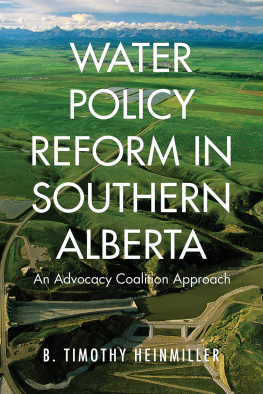

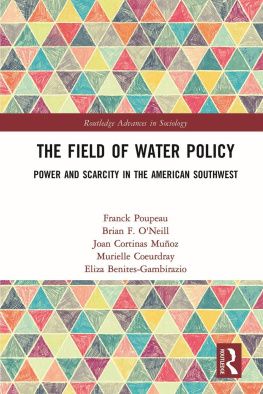
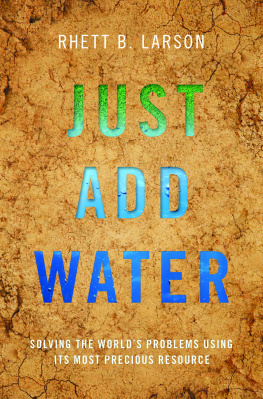
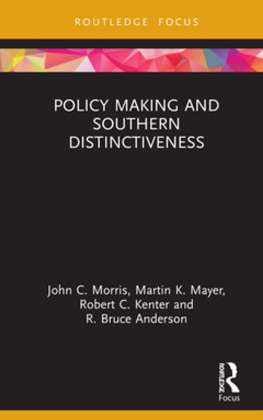
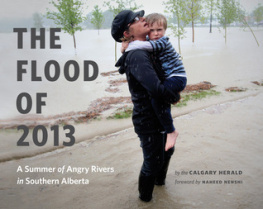
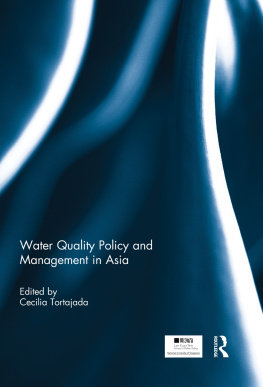
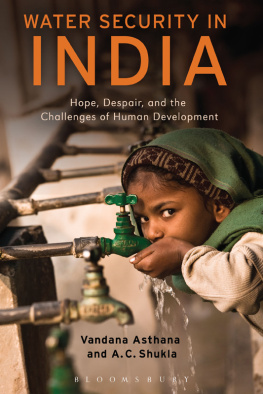
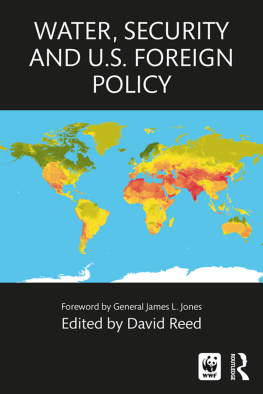

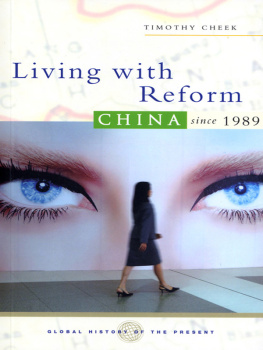
 Printed on acid-free, 100% post-consumer recycled paper with vegetable-based inks.
Printed on acid-free, 100% post-consumer recycled paper with vegetable-based inks.